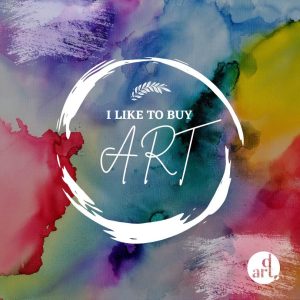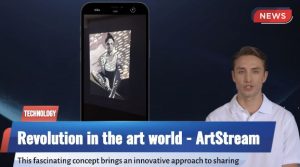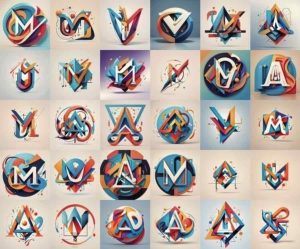NFT – Revolution or Evolution in Traditional Painting
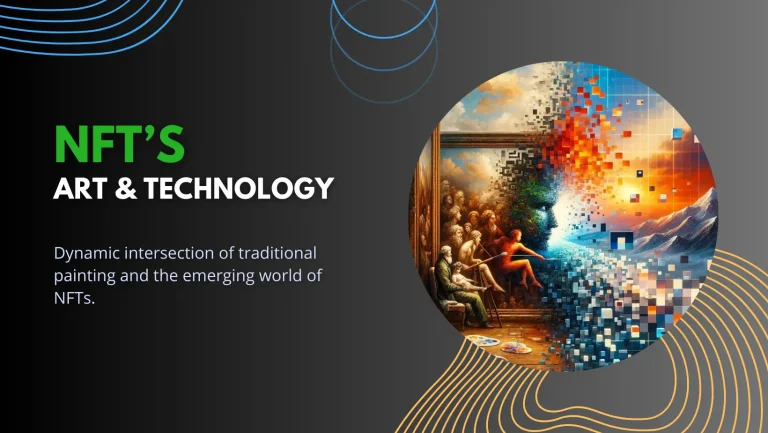
Introduction to the Digital Era
In an era where digital technologies increasingly blur the boundaries of reality, traditional art meets a new, dynamic player – NFTs (Non-Fungible Tokens). These digital certificates of authenticity, based on blockchain technology, introduce art into an entirely new dimension. But is this a revolution that will turn the art world upside down, or a natural evolution, the next step in the long history of art?
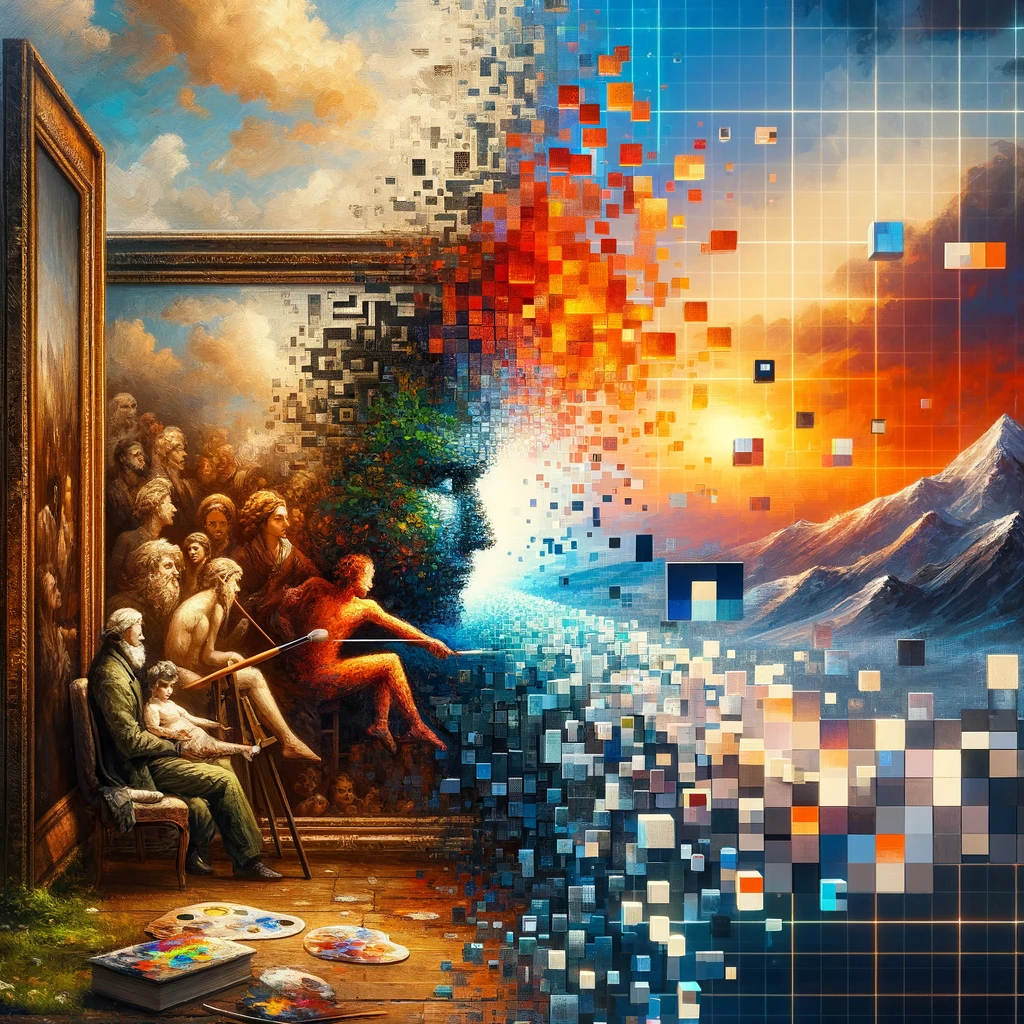
Generational Artistic Conflict
Traditional artists, who have been painting on canvases for centuries, often express skepticism towards NFTs. For many, the process of creating art is intimately connected with the physical act of painting, and its value with uniqueness and materiality. The introduction of NFTs, which shifts artworks into the digital realm, is perceived as a threat to this tradition. Conversely, a new generation of digital artists sees NFTs as a tool enabling them to gain recognition and value previously only accessible to traditional artists.
Galleries and Collectors in a New Reality
The world of galleries and art collectors is also undergoing transformation. Galleries, traditionally acting as intermediaries and curators, are pondering how to adapt to a world where artworks can be bought and sold directly between the artist and collector via NFTs. On the other hand, collectors, who have previously invested in physical artworks. Are beginning to recognize the investment potential in digital art.
Impact on Copyrights and Artwork Value
NFTs also bring a new perspective on copyrights. Thanks to blockchain, each transaction related to an artwork is recorded, providing clarity about its origin and ownership history. This could change how we perceive the value of artwork – not just for its aesthetics but also its authenticity and history.
The Future of Art and NFTs
The future relationship between traditional art and NFTs is uncertain. Some predict that NFTs will become an integral part of the art world, while others see it as a passing trend. Ultimately. We might find a balance where both traditional and digital forms of art coexist, each attracting different groups of artists and collectors.
Conclusion: Evolution or Revolution?
NFTs in traditional art is a phenomenon that stirs a lot of emotions and debates. Is it a revolution that will change the definition of art, or a natural evolution in response to a changing world? One thing is certain – NFT technology opens new doors, behind which lie numerous possibilities for artists, collectors, and art lovers. How these possibilities will be utilized and how they will influence the future of art remains an open question, which we will observe with great interest. Q&A
